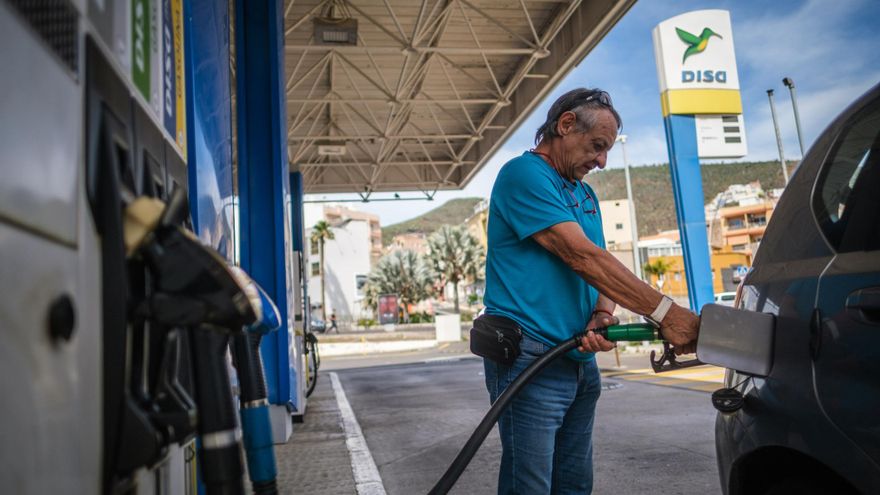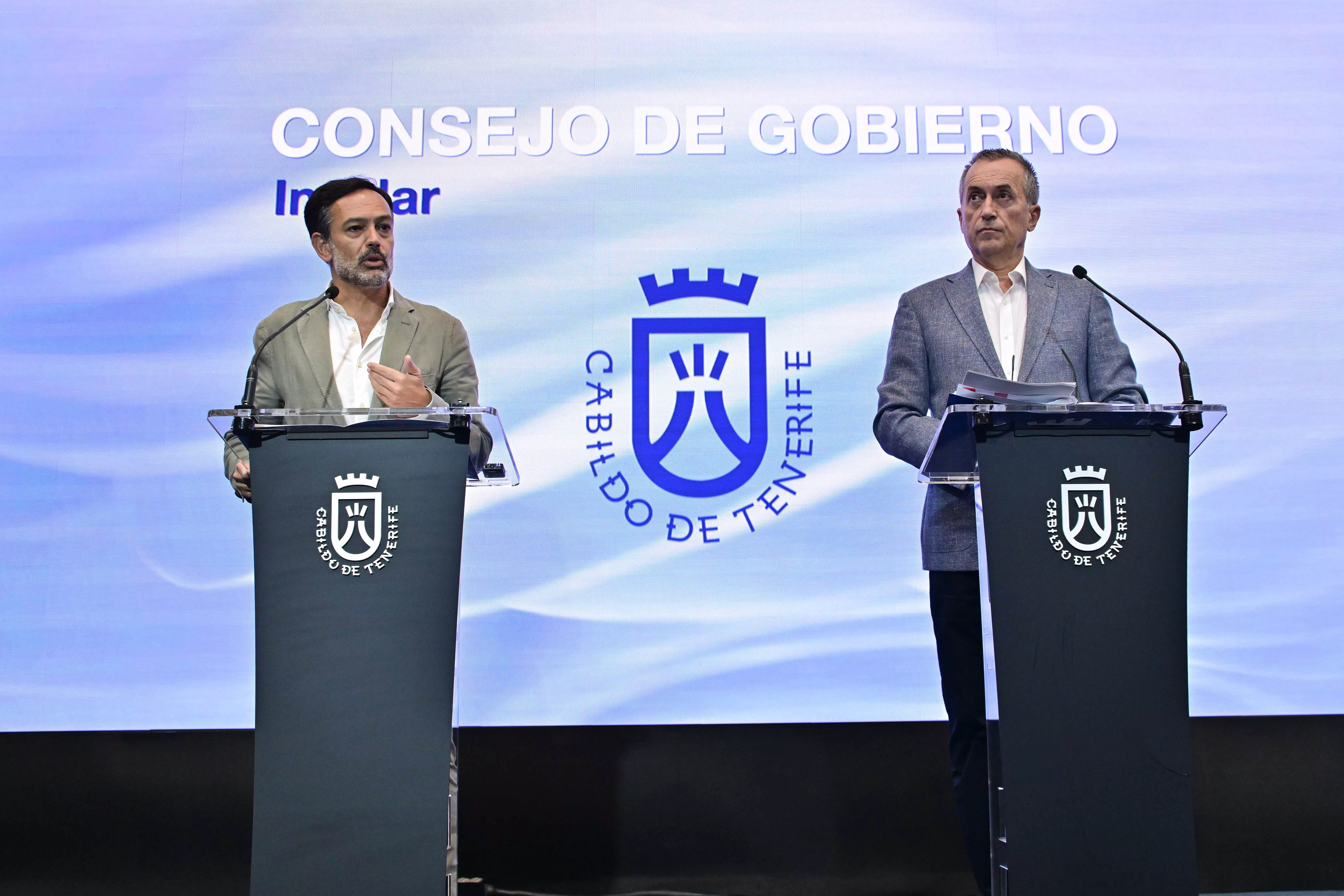
The first quarter for the collection of the so-called forest or green cent in Tenerife will coincide with the last quarter of 2025. Starting from September, with no fixed date yet, and until the end of the year, this tax will allow for the collection of 2.5 million euros for the island’s coffers. The estimate is that the fixed rate of 0.02 cents per litre of petrol and diesel will translate into ten million annually. The tax is earmarked specifically for funding measures aimed at environmental protection on the Island.
The Government Council of the Cabildo of Tenerife approves the implementation of this special tax to address priority environmental actions in the nearly one thousand square kilometres of protected natural areas, which constitute 48% of the Island’s total surface. The measure will not apply to professional transportation; both vehicles used for the transport of goods and those for public passenger transport will be excluded.
Special Tax
The President of the Cabildo, Rosa Dávila, explains that “we wanted to act with balance. This is an environmental measure, not a revenue-generating one. That is why we have excluded a sector that is essential for our economy”. Dávila points out that the green cent is a necessary tool to act responsibly in the face of one of the great challenges of our time, namely the conservation of natural spaces.
Protection
“Tenerife has 975 square kilometres of protected surface. It’s not enough to say that we are protecting them. We need to act on the ground and ensure resources for their maintenance, recovery, and surveillance,” says the president. The funds from the projected annual revenue will be wholly allocated to restore degraded areas through native vegetation, conserve soils against erosion, and strengthen prevention of forest fires in higher risk zones.
Resources
The Councillor for Natural Environment, Blanca Pérez, emphasises that Tenerife is regarded as one of the territories with the highest biodiversity in Europe. The richness of its ecosystems and the high number of endemic species justify that such a wide area of the territory, almost half of the Island, is protected. This biodiversity “is a value, but also a responsibility,” points out Dávila. She concludes: “We cannot allow it to degrade due to lack of investment or foresight. We need stable resources to conserve what makes us unique.”
Strategy
This measure fits into a broader island strategy for sustainability. Tenerife has one of the highest motorisation rates in the world, with more than 800 cars per 1,000 inhabitants. “The Cabildo has been betting on a model shift for more than two years,” values Dávila. She recalls that maintaining free public transport involves contributing more than 59 million euros annually from its own funds. Furthermore, Dávila states, “we have approved a record investment of 234 million euros in sustainable mobility policies.” In this vein, she assured that “the green cent also contributes in that direction, helping to reduce the impact of private vehicles, promote sustainable habits, and generate resources for conservation.”
Regulations
The forest cent is part of the regulations approved by the Government of the Canary Islands in the 2025 Budget Law. Its development allows the cabinets to establish this rate, with a maximum limit of 0.02 euros per litre. In addition to Tenerife, Gran Canaria has also confirmed that it will apply this tax figure, aiming to enhance fire prevention, prescribed grazing, and reforestation. Once approved by the Government Council, the agreement will be raised to the relevant plenary commission and subsequently to the Plenary of the Cabildo of Tenerife for final approval. It is likely to be implemented by the end of summer.
Subscribe to continue reading
















